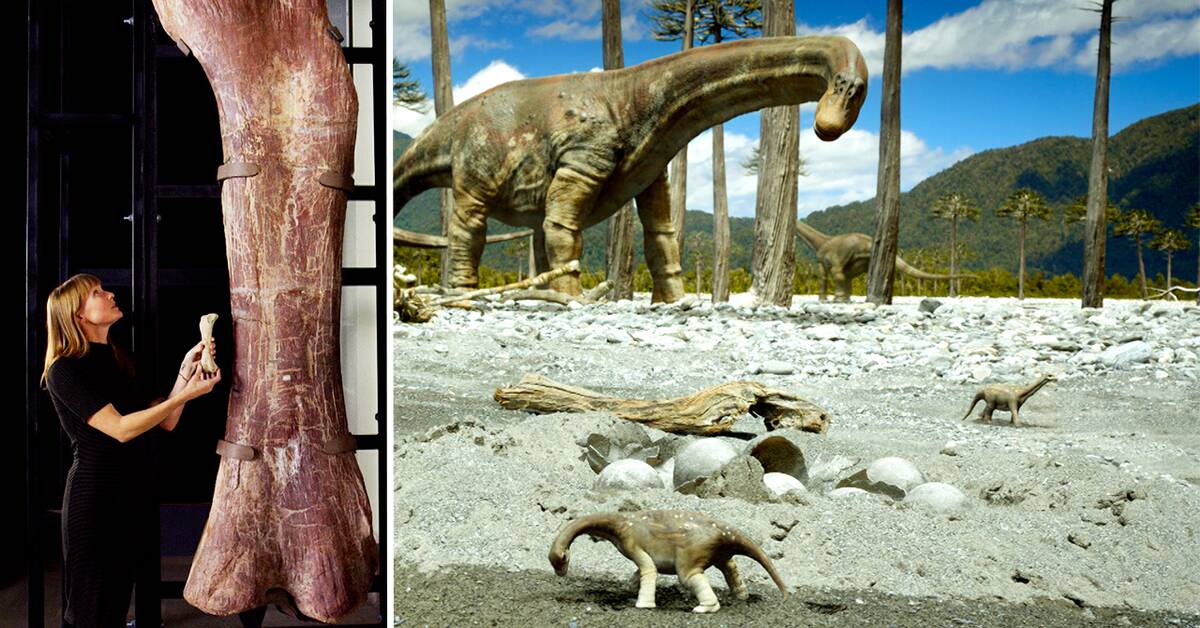In 2011, a fossil from an extremely large animal was excavated on James Ross Island in Antarctica.
It was a Titanosaurius that has previously been found in both Australia and Argentina.
It lived 145 million years ago when Antarctica was a much warmer place than it is today, even though it was located at the South Pole.
In the summer it was bright around the clock and during the winter there was a dark polar night.
Biological mystery
- Titanousaurs are a biological mystery.
Nothing like this has ever existed on earth, says Kristy Curry Rogers, a paleontologist at Stony Brook University in New York.
Titanosaurius was a vegetarian and lived off the green vegetation that then flourished in Antarctica.
It could be 36 meters long and weigh 60 tons.
They lived in large groups and the females could lay up to 40 eggs in each nest.
When they hatched, they were very small and must have been unprotected from the predators of that time.
The cubs grew up fast
Kristy Curry Rogers has analyzed fossils from newly hatched Titanousaurus and has been able to conclude that the cubs grew very fast during their first year of life.
- Considering how vulnerable small animals were during the Jurassic and Cretaceous, rapid growth was a good survival strategy, she says.
Play the video to see how fossils from Titanousaurus' cubs reveal how fast they grew up.
Watch "Titanosaurus in the darkness of Antarctica" in The World of Science on Monday 11 April 20:00 on SVT2 or already now on SVTplay.

